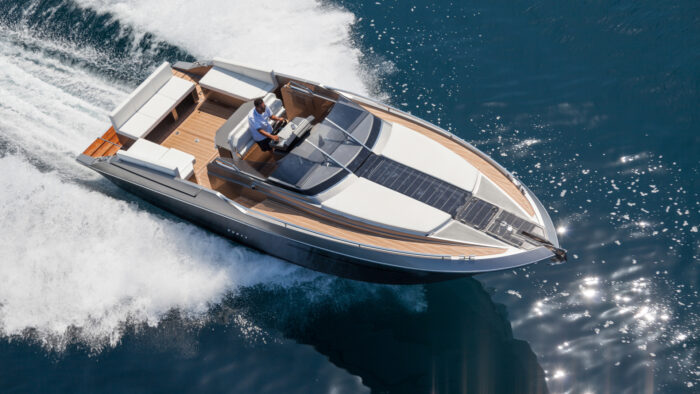Vehicle Modification And Purchase
Pursuant to the Statutory Accident Benefits Schedule, people who sustain an impairment as a result of an accident may be entitled to claim rehabilitation expenses for the costs associated with modifying or purchasing a vehicle to accommodate their mobility needs caused by their impairment.
Pursuant to sub-section 15 (5)(j) of the SABS, the rehabilitation benefit shall pay for all:
“Vehicle modifications to accommodate the needs of the insured person, or the purchase of a new vehicle if it is more reasonable to purchase a new vehicle to accommodate the needs of the insured person than to modify an existing vehicle.”
Pursuant to sub-sections 15 (9) and (10) of the SABS, such expenses cannot be incurred more frequently than every five years. Also, the amount to be paid for purchasing a new vehicle shall not exceed the cost of the new vehicle less the trade-in value of the insured persons’ existing vehicle.
Usually, vehicle modification or purchase becomes an issue in catastrophic cases (paraplegia, quadriplegia, etc.). However, even in non-catastrophic cases expenses can be incurred and benefits claimed for vehicle modifications. Non catastrophic neck or back injuries could result in a need for modifications such as special mirrors to allow for a full range of vision where motion is restricted. Alternatively, special seats may be required to allow for comfort or pain relief while driving. Such claims may be rather modest in value. However, in catastrophic cases, the cost of purchasing a fully accessible wheelchair van can be quite significant and these claims can well exceed a value of $50,000.00.
With such significant amounts at issue, insurers have attempted to argue that the purchase of a motor vehicle represents a wind-fall or capital gain to the insured. Therefore, ownership of the vehicle should remain with the insurer (see Plows v Jevco Insurance [1992] O.I.C.D. No.1). However, as with other expenses incurred (for example, for crutches, wheelchairs, home modifications or home purchase) it was held by the Arbitrator that the insured person does receive title to the asset. Given that the amounts paid for such benefits reduce the limits available for other similar benefits this does make some good sense. Also, it does give the insured person control over the repair or sale of the asset in the future.
As with other rehabilitation benefits, an application for benefits for vehicle modification, or purchase, should be made through the use of a Treatment Plan. As a result, medical support for incurring the expense is required. Most often, the assessment of the need is performed by an Occupation Therapist and the plan is certified by another Health Care Practitioner. Once a Treatment Plan is submitted it is subject to the usual approval process, including being subjected to an Insurer Examination.
Since the SABS speak of “vehicle modifications” and not “motor vehicle modifications” it is important to remember that, in appropriate circumstances, vehicles other than motor vehicles may be the subject of modification or purchase. In the case of Welsh v Economical Mutual [2003] O.F.S.C.I.D. No.148 the Director of Arbitrations approved an Arbitrator’s award for the purchase of a new boat and snowmobile for an insured at a cost of approximately $75,000.00 (less the trade-in value of his existing boat and snowmobile). In this case, the insured resided on an island in Lake Muskoka and had suffered a serious back injury. Evidence was led that his existing boat and snowmobile did not provide sufficient shock absorption. The purchase of a new boat and snowmobile with better suspension/shock absorption would provide for his comfort and minimize pain exacerbation while travelling. The expenses incurred were reasonable because they would allow the insured to enjoy the mobility that he had prior to his accident. Similar claims could also be made with respect to farm tractors, ATVs and even bicycles (which are “vehicles” under the Highway Traffic Act).
In every case it is important to ensure that experienced professionals are involved in the process, including the company who will perform the modifications or provide the newly modified vehicle. Referrals to appropriate companies can be obtained through associations such as the Canadian Paraplegic Association or the March of Dimes. Many Ontario companies are also members of the National Mobility Equipment Dealers Association which provides a useful listing of its members on its website (https://www.nmeda.org).
A motor vehicle accident need not result in an accident victim being imprisoned in their own home. By accessing the benefits available for “vehicle” modification or purchase through the SABS an accident victim can enjoy the same freedom of mobility that they enjoyed before the accident.
Share this






